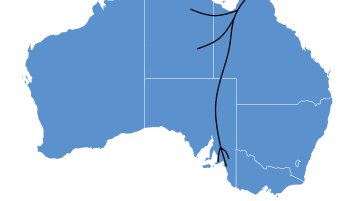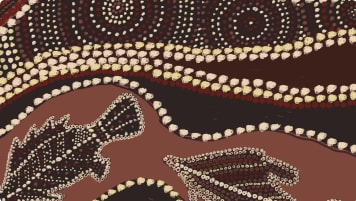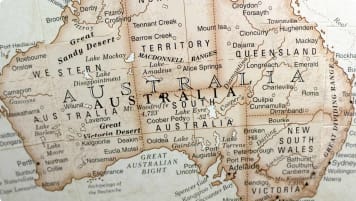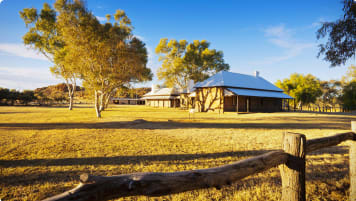Barossa Valley and McLaren Vale Wine Regions, South Australia
This small group tour for mature and senior travellers for couples and solo travellers in Adelaide takes time to explore the two major wine-growing regions of South Australia, the Barossa Valley and the McLaren Vale.
5 May 20 · 6 mins read

Barossa Valley and McLaren Vale Wine Regions, South Australia
The two major wine growing regions of South Australia, the Barossa Valley and the McLaren Vale, are among the most historic and acclaimed wine regions in the world and are host to some of the best Australian wineries.
The total vineyard area in Australia in 2020 is estimated to be 146,244 ha, of which South Australia accounted for 52%.
The Australian wine industry is one of the world’s largest exporters of wine. Australian winemakers are pioneers who not only invented the wine cask, but also invented screw-cap tops because of a lack of quality cork.
The Barossa Valley:
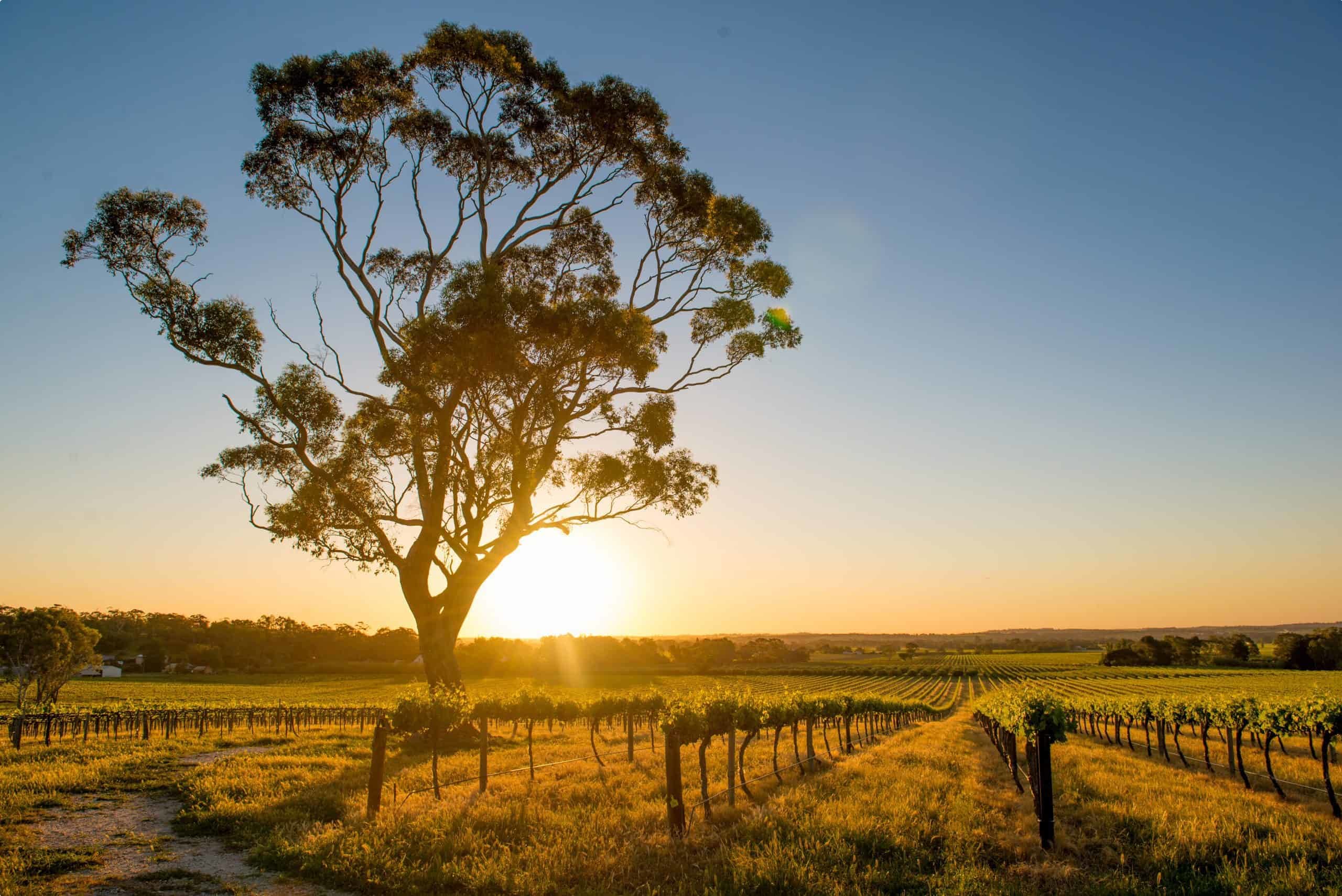
The Barossa Valley is synonymous with Australian wine for many worldwide, thanks to the celebrated intense and concentrated Shiraz wine production that took the world by storm in the late 1990s.
The Barossa is among Australia’s most historic wine districts, associated with winemaking since European colonisers first reached South Australia in 1836. Even before settlement, the German mineralogist Johann Menge had reported that the fertile area north of Adelaide would support ‘vineyards and orchards and immense fields of corn which are matchless in the colony’.
The two most defining figures of the early era of the Barossa were George Fife Angas, an English shipping merchant and chair of the South Australia Company, and August Kavel, a Lutheran Pastor, who sought a place to resettle his flock of Silesian farmers and tradesmen, who were facing religious persecution in their native Prussia. Angas was the largest land owner in the Barossa and sought to cultivate his 11,300 hectares by settling ‘solid god-fearing folk, prepared to pass the weekday hours in honest toil and the sabbath in worship of their creator.’ (John Beeston, A Concise History of Australian Wine).
Kavel’s Silesians seemed to embody Angas’s ‘god-fearing folk’, and so Angas helped fund the first three ships from Germany. Kavel was determined that the German community would repay Angas for his support. He encouraged Germans to remain in the settlements, and encouraged the development of joint English/German settlements. The Silesian farmers found the landscape conducive to various grape varieties and began work as grape growers on their first vineyard.
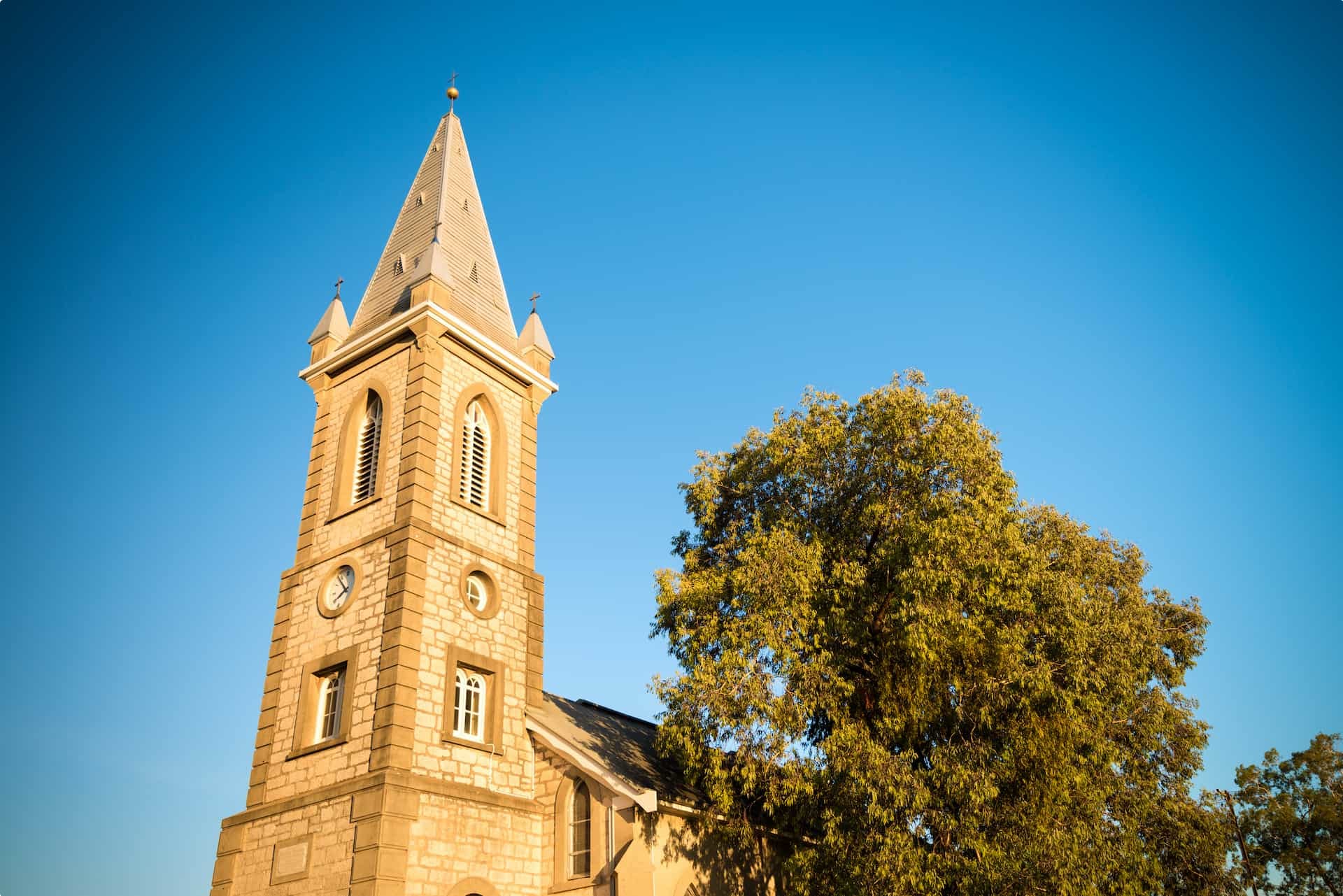
The Barossa still displays this German heritage. Leading Australian wineries such as Jacob’s Creek date back to the early days of German settlement in the Barossa. The villages of Bethany, Langmeil and Krondorf were laid out in a style usual in Eastern Germany, and the many Lutheran church steeples still dot the landscape today. When the first Lutherans arrived from Adelaide, it was Menge who assisted in their resettlement from the Adelaide Hills to the Barossa Valley.
Though popularly associated with the Germans, the Barossa wine region was always home to a number of English and Scottish winemakers. Other important wineries, including Yalumba, have their origins in the English and Scottish winemakers of the 19th century.
By the end of the 19th century, the Barossa specialised in fortified wine – sherry, port, muscat, and tokay – popular throughout the British Empire, rather than the table wine it is known for today. By 1929, 25% of Australia’s wine production came from the Barossa Valley.
As Australia’s taste in wine evolved in the 20th century, so did the Barossa. The wine region developed an international reputation for fruit-forward and vibrant wine, popular with wine critics, sommeliers and amateurs alike and became imperative to the Australian wine industry. The late 1990s and the early 2000s were the golden age for the Barossa, as ‘intense, concentrated, and heavily naked’ red wine became the fashion worldwide. The Barossa reds – particularly Shiraz, Grenache, and red blends, became the most ‘fashionable and highly sought after wines in the world’ ( Wine Australia ).
Australia boasts what are believed to be the world’s oldest productive Cabernet Sauvignon vines in the northern Barossa at Penfolds Kalimna Block 42. These were planted in 1886 and the wines from that vineyard play an important part in the Penfolds story and Australia’s wine industry.
McLaren Vale:
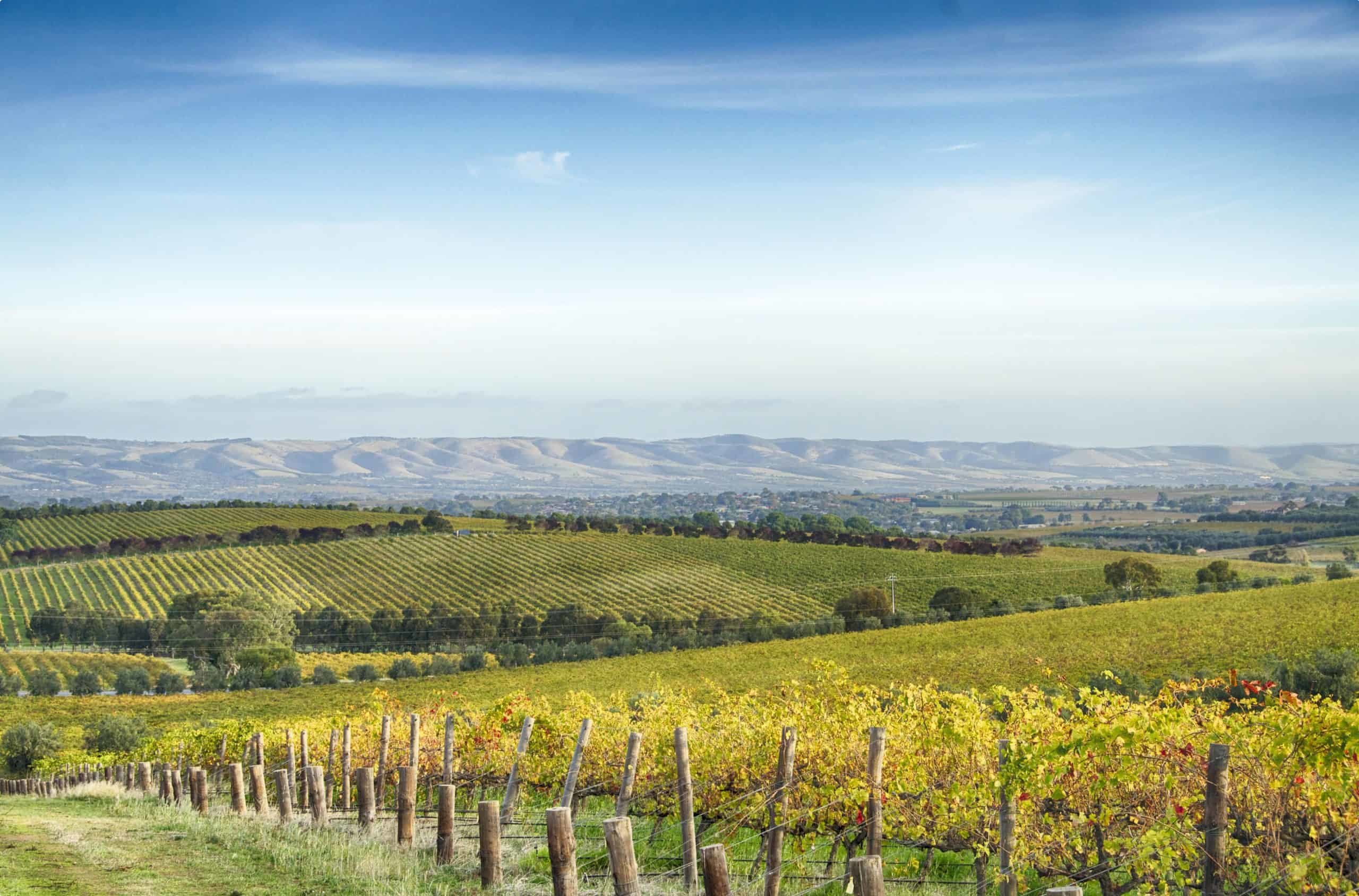
McLaren Vale, South Australia.
For a long time lesser-known than the Barossa, the McLaren Vale has an even older history. The first grape vines were planted only two years after the establishment of the colony of South Australia in 1836, early settlers William Colton and Charles Thomas Hewett, John Reynell, and Thomas Hardy – all from Devon, England. Though Devon was hardly a natural wine region, the settlers were intrepid businessmen, and the McLaren Vale had its first full-scale winery by 1850.
Much like the Barossa Valley, the McLaren Vale switched to making fortified wine in the late 19th century. In the post-war period, many migrants from Italy settled in the McLaren Vale, introducing olive and olive oil production, as well as new vines and modes of winery production.
Kay Brothers bravely established a cellar door at their vineyard in 1956, though purchases were four flagons at a minimum, as dictated by law.
Though close in proximity, South Australia‘s two major wine regions offer very different products. While the Barossa Valley – to the north of Adelaide – has a continental climate, with great weather extremes, the McLaren Vale – set to the south-east on the Fleurieu Peninsula – has a Mediterranean climate, with a warmer, wetter winter and a hot, dry, summer. Situated near the coast, the McLaren Vale sees cool breezes in the afternoons and evenings. The result is that, even as both regions specialise in reds such as Shiraz (Australia’s most planted red grape variety), the Barossa offers rich, full-bodied wines, flavoured with dark berry fruits and rich dark chocolate; while the McLaren Vale climate results in a softer, more subdued wine style, with a twist of light berry and spice.
In the 1970s and 1980s the McLaren Vale’s wines took their place on the world stage. As a wine production region, it is defined by its complex climate and geology, allowing the area to support a wide variety of styles. The McLaren Vale has a number of micro and meso climates, thanks to the varied elevations. This has allowed grapegrowers to chose between a number of varieties – Shiraz, Grenache, and Cabernet – and a number of Italian styles including Barbera, Fiano, Sangiovese, and Zinfandel.
The McLaren Vale wine region has 3218 hectares of Shiraz under vine. Other major varieties include Cabernet Sauvignon with 1288 ha planted, Chardonnay with 722 ha planted, and Grenache with 402 ha.

The top five varieties of grape crushed in McLaren Vale are: Shiraz 57%, Cabernet Sauvignon 19%, Grenache 7%, Chardonnay 5%, Merlot 4%. (Wine Australia 2018). Pinot Noir is grown predominately in the cooler climate Yarra Valley and Mornington Peninsula whilst Sauvignon Blanc thrives in the Adelaide Hills and Margaret River. The Hunter Valley in NSW is known for it’s Semillon, Chardonnay, Shiraz and Cabernet.
As part of our tour of Adelaide ,Odyssey Traveller enjoys day tours to both the Barossa Valley and the McLaren Vale wine regions, including lunch at a local restaurant, cellar door visit and a wine tasting. Staying in hotel accommodation in the city for eight nights, we see the major sites of Adelaide, including the Botanic Garden and the historic buildings of the North Terrace and City Centre, and feast on local produce at the Central Market and Chinatown. A particular Adelaide highlight is the extensive collection of William Morris Arts and Crafts works, collected in the Art Gallery of South Australia. We also head to the museums of Port Adelaide .
Our Adelaide city tour also takes you to the surrounding regions. We make a day trip down the Fleurieu Peninsula ,passing through the McLaren Vale and looking out at Kangaroo Island. Our tour also takes a river cruise down the Murray River, and explores the Adelaide Hills, where we visit the historic German settlement of Hahndorf, and enjoy a tasting of traditional German cuisine. Whether you’re a red wine lover and after a wine tour or just want to learn more about the history of Adelaide and this famous Australian wine region, this guided tour could be for you.
Every Odyssey tour is designed especially for mature and senior travellers, with a focus on the history and culture of our destinations. We chose every tour guide for their extensive local knowledge, and move in genuinely small groups, of around 6-12 guests per tour. If that appeals to you, click here for more information.
For all the articles Odyssey Traveller has published for mature aged and senior travellers, click through on this link .
Articles about Australia published by Odyssey Traveller:
For all the articles Odyssey Traveller has published for mature aged and senior travellers, click through on this link.
External articles to assist you on your visit to Adelaide and South Australia:
- Places to go: Adelaide
- Guide to Adelaide
- 10 Must-visit attractions in Adelaide
- South Australian wine regions
- Fleurieu Peninsula
- A new way to hop around Australia’s Kangaroo Island
- Why Adelaide deserves its place on the Lonely Planet list
Updated July 2021.
Related Tours
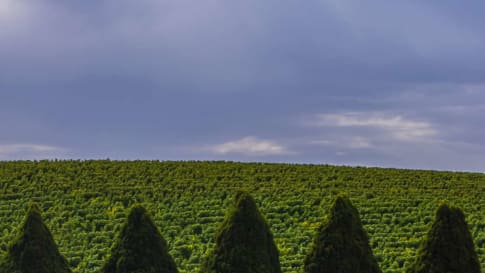
days
May, Aug, Sep, Oct, Nov +3Small group holidays to Adelaide and surrounds
Visiting South Australia
Explore and learn about on a small group tour of Adelaide city and its pastoral, cultural and historic settlement. Visit Fleurieu Peninsula, the Barossa valley, learn about William Morris and the arts and craft movement in the Art gallery and National trust houses.
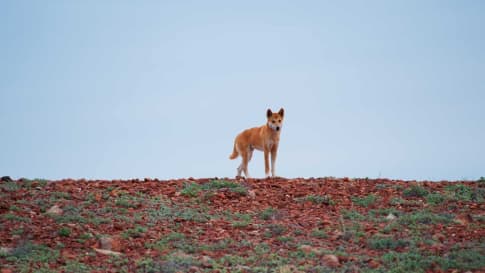
days
Apr, May, Jul, Aug, Oct +2Small group tour of Australia's Flinders ranges
Visiting South Australia
Escorted small group tour of the Flinders range in South Australia from Adelaide. Learn about Coober Pedy, Wilpena pound and water system of Lake Eyre as we explore and learn also about the history of the people who explored the Flinders.
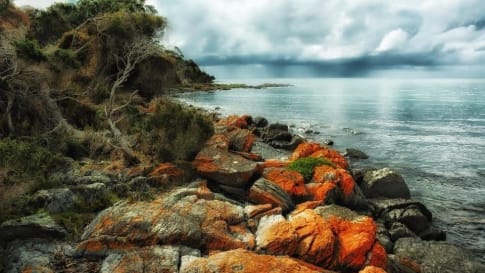
19 days
Mar, Nov, FebDiscovering Tasmania’s Wildlife
Visiting Tasmania
Small group tour of up to 15 mature and seniors travellers visiting and learning about Tasmania's wildlife and history. Visit Maria Island, Freycinet peninsula, Cradle Mountain, Strahan, Lake St Clair and Bruny Island over 16 days.
From A$11,450 AUD
View Tour
days
Mar, May, Aug, Sep, Oct +2Small group tour of World Heritage sites and more in the Southern States of Australia
Visiting New South Wales, South Australia
Discover the World Heritage Sites of the southern states of Australia travelling in a small group tour. A journey of learning around the southern edges of the Murray Darling basin and up to the upper southern part of this complex river basin north of Mildura. We start and end in Adelaide, stopping in Broken Hill, Mungo National Park and other significant locations.

15 days
Sep, Dec, Jan, Feb, Mar +2Eyre & Yorke Peninsulas, and the Gawler Ranges
Visiting South Australia
Small group tour South Australia. Yorke, Eyre, and Gawler Ranges, discover the local history.
From A$10,350 AUD
View TourArticles about South Australia
19th Century South Australian Copper Triangle
Learn on a small group tour for couples and senior travellers for couples and solo travellers about the history of South Australian copper. Explore the Eyre peninsula, Lake Gardiner as well as Burra and the Flinders ranges.

Australia’s Ocean Frontier: Exploring the Eyre Peninsula, South Australia
Learn about the landscape and the recent settlement of this Peninsula on the South Australian coast. To see and learn more join on the this collection of Australian small group package tours for mature and senior travellers, couples or singles or join the Eyre & York peninsula program.

Burra, South Australia
Once the 5th largest town in Australia, (the 1840's) this article is about the copper mining boom that was at Burra, and also the Yorke Peninsula. Mining boom also occurred at Broken hill with the wealth heading to Adelaide and Melbourne. Learn more on a small group package tour for mature and senior travellers couples or singles that includes Burra or one of the Australian tours offered.
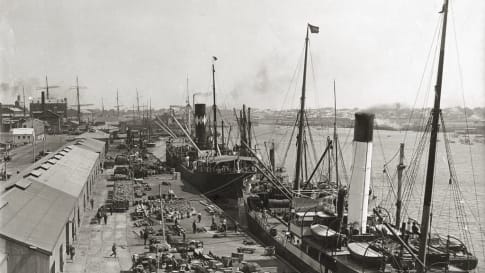
Exploring the museums of Port Adelaide, South Australia
8 days exploring Adelaide city and surrounds on small group tour for mature and senior travellers, couples and solo travellers visiting include Port Adelaide, The Barossa valley and Mclaren Vale and Fleurieu Peninsula.

History of the Fleurieu Peninsula, South Australia
Fleurieu Peninsula is part of a small group tour of Adelaide for mature and senior travellers seeking to travel as a couple or as a solo traveller. The Peninsula is historically important, click through to learn... It is also where you will find Mclaren Vale.

Kangaroo Island, South Australia
Kangaroo Island is reached from Adelaide for a short break tours or view our small group tours of South Australia and/or Adelaide for senior and mature travellers.

Port Augusta, South Australia
Before European colonisation, the local Aboriginal people knew the area as Curdnatta, meaning 'sandy place'. The area was named Port Augusta in 1852. We learn more about Aboriginal culture and its evolution on this small group tour to the Flinders ranges.

Short history of Adelaide, Australia
The capital of South Australia, Adelaide has a fascinating and distinctive history as the only Australian state without a convict past. On both of these small group tours; Adelaide or the Flinders ranges we explore and learn about this city.

Why did the British settle Australia?
Escorted small group tours for mature and senior travellers that promote aboriginal and colonial history discussion on tour. For couples and solo travellers interested in learning about Aboriginal history and the colonial explorers across the states.
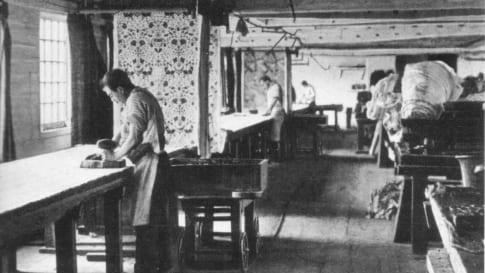
William Morris at the Art Gallery of South Australia
Adelaide has the Morris & Co. collection at the Art Gallery of South Australia, the world's second biggest collection of Morris decorative arts after the Victoria and Albert Museum, London. Learn more on this small group tour for mature travellers.
